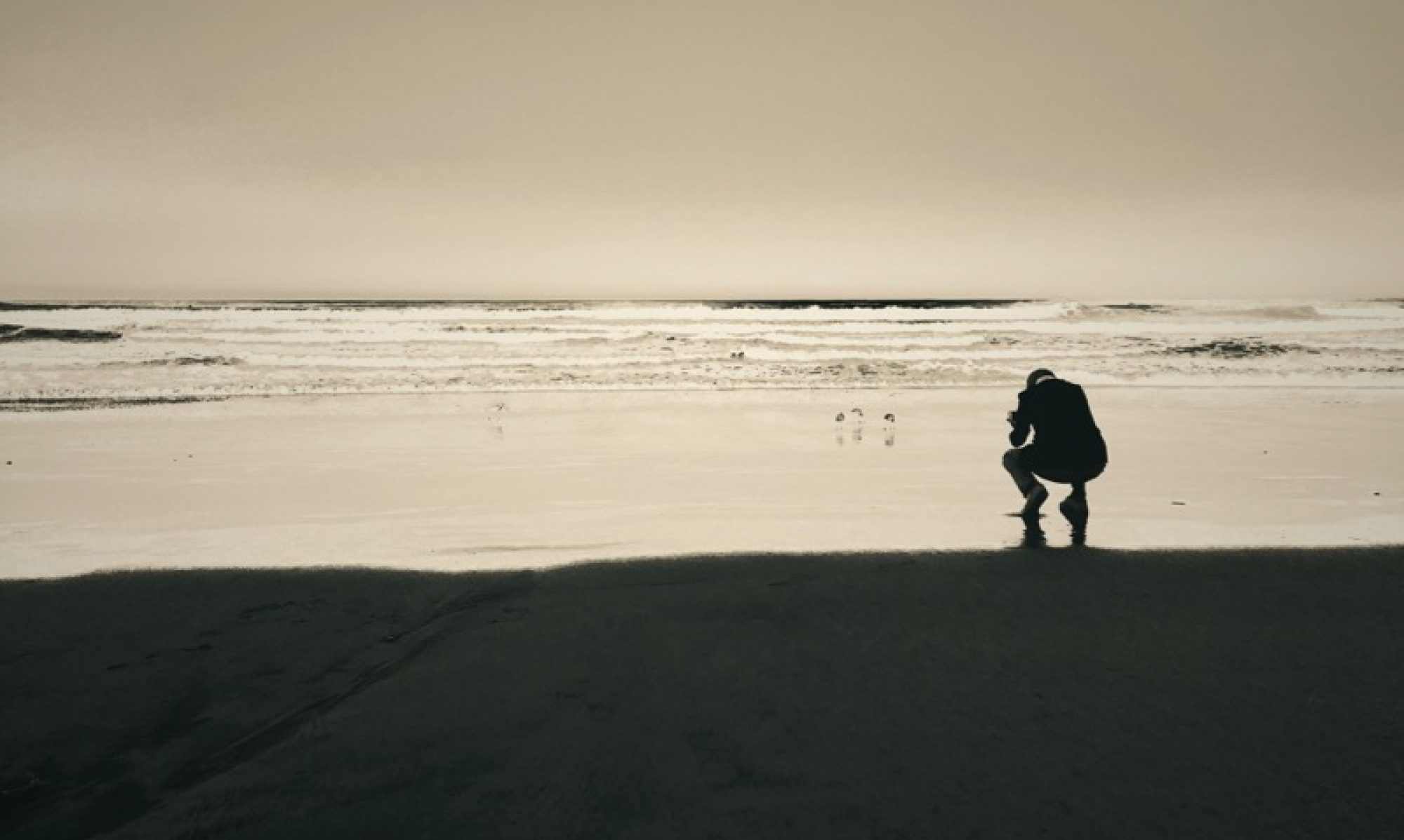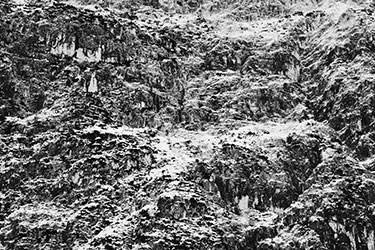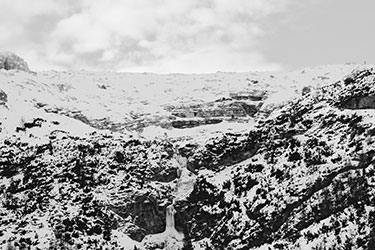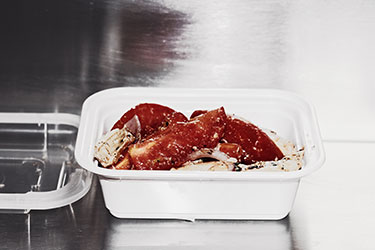Since I started to use cameras, I kept pondering all the usual questions: This format or that, this brand or that, this camera or that, this lens or that, black and white or color, and so forth. I am not into the “horses for courses” approach. I want one camera, one lens, one medium, and be done with it. The less gear, the harder I work, the better I know what I do, the better the results. Also, each piece of equipment introduces its own shortcomings and flaws, so the less you have, the less time you spend testing and dealing with the repair facilities of your brand. Finally, I actually do like the limitations introduced e.g. by one format, by not cropping after the fact, etc., and use them to my advantage.
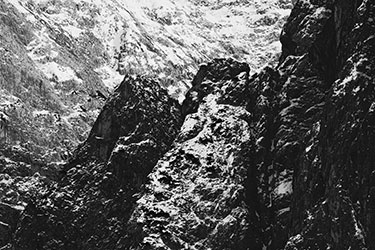
There is now at least one exception though: With digital, you can decide later if an image is going to be color or black and white. Maybe not really: In the moment you take the image, you should know. But you don’t have to know when you get up in the morning. Of course working in color has become much more attractive with the combination of digital cameras, Photoshop and color management, because you are in control over the end result. But I sometimes wonder if this high is about to fade. Looking at the photography listed at Conscientious (e.g. check out the link to European Photography), certainly the best source of information for where photography stands today, I can’t help but feel that the control over color that we now all have has lead to a certain uniformity of contemporary photography.
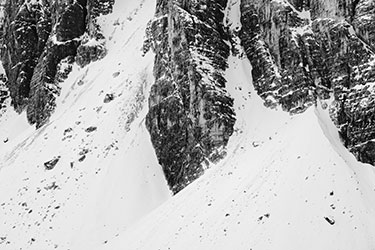
This is part of the reason why I’m now more and more coming around to subjects that work particularly well in black and white. The new Mountain Project is an example for that. It will take me another week or two to work on the files of the first part of the series and put them online here, and I’ll follow that up with further images in the summer. Since I am mostly associated with my work in color and since some people like to think of the world as being populated by one trick ponies only, there is a certain challenge for me in making such a new project consistent with what I already have. As some uneasy Art Director once famously asked after looking at the portfolio of a commercial photographer: “This is great, but, ummmh, can you do verticals too?” Yes, I can.
